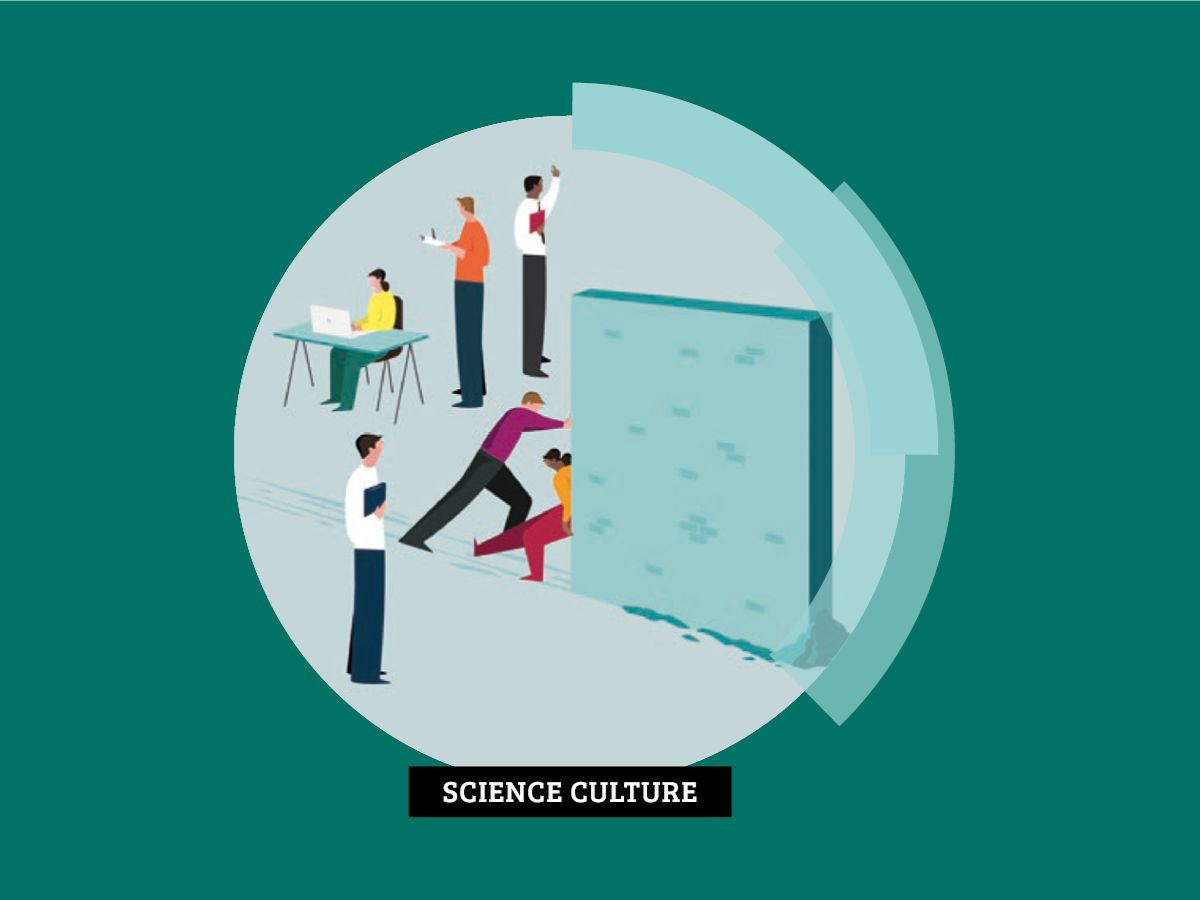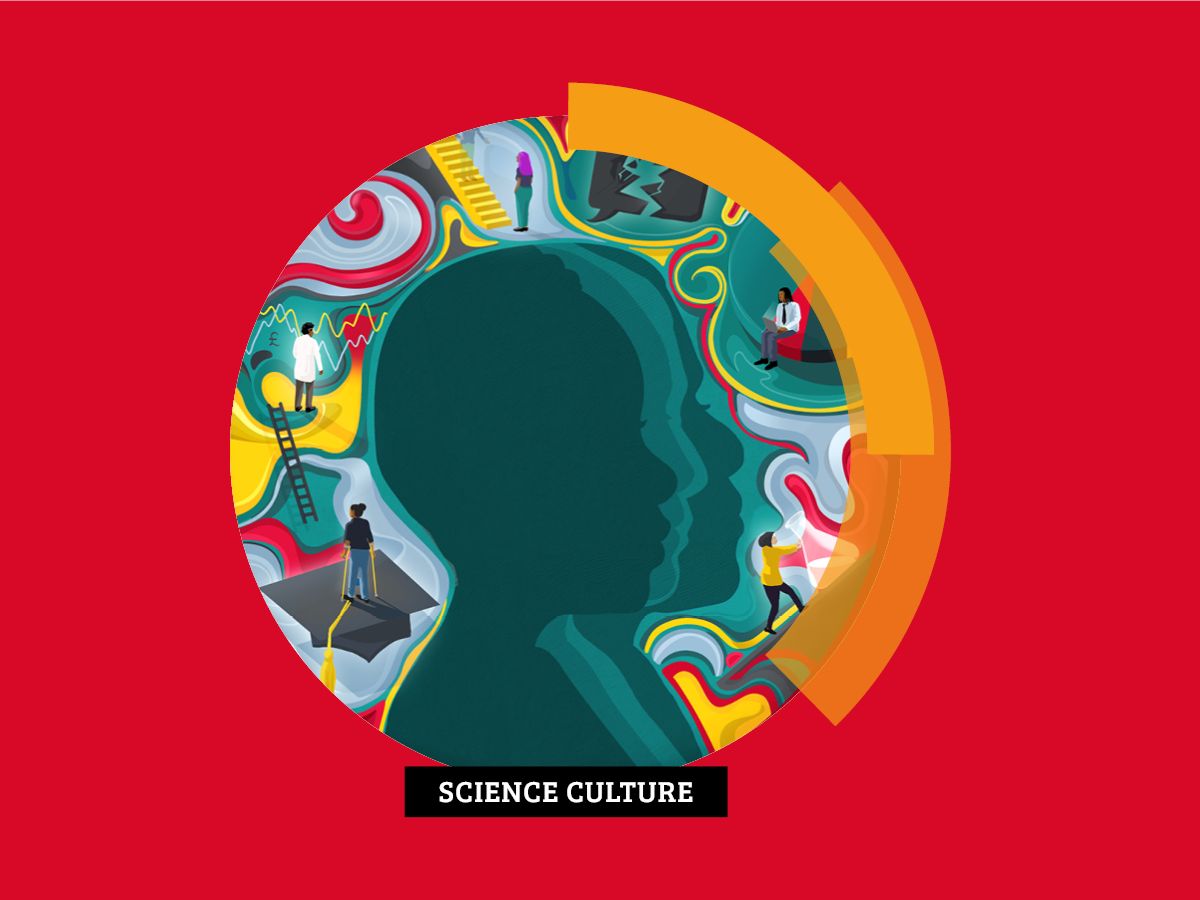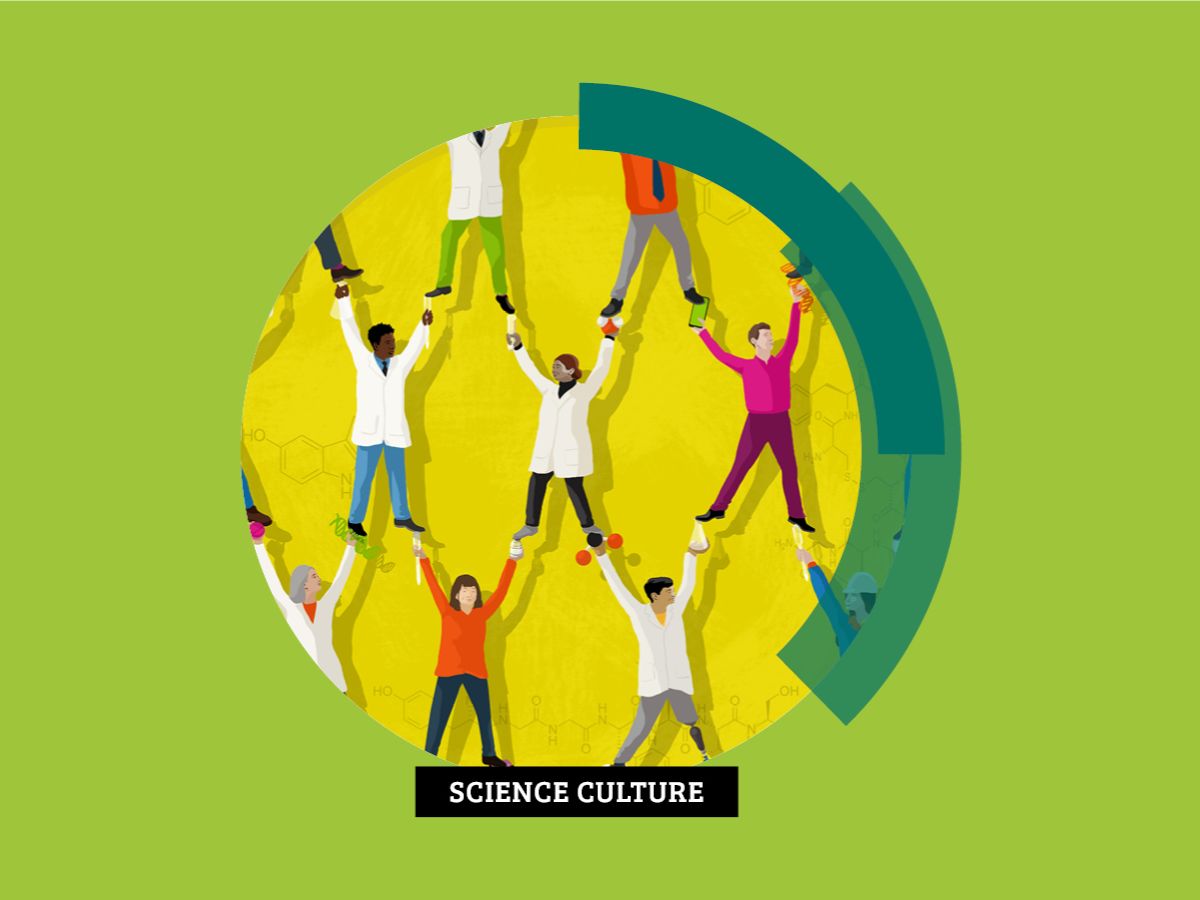Fostering a supportive work environment for disabled staff benefits the individuals and enhances overall employee well-being and morale. Employees who feel valued, respected and supported are more likely to be engaged, productive and satisfied in their roles.
Employers who embrace the strengths and capabilities of disabled employees can harness their potential and benefit from their unique contributions.
Embed inclusive thinking in your decision-making
Inclusive workplaces are beneficial to everyone, not just those with a disability.
Disability is a broad term that covers a multitude of conditions, impairments and differences. Environments, systems, and processes should be designed with disabled people in mind. This can only be achieved by including the voices and perspectives of disabled people in decision-making processes that directly impact them.
Disabled people’s input contributes to developing more effective and relevant solutions that address the real challenges they face. Their perspectives can lead to innovations in accessibility, assistive technology, and inclusive design. This collaborative approach builds trust, increases employee engagement, and enhances an organisation’s reputation.
Reduce the burden of self-advocacy
Many factors contribute to the burden of self-advocacy disabled chemists face. Bureaucracy, unclear processes, and the need for medical evidence make life so much harder for disabled people.
As we have seen, the individual accommodations model burdens the individual to request and advocate for specific adjustments. Employers can ease this burden by adopting a more inclusive and accessible model. Below are some suggestions that could make a big difference to disabled employees and staff.
Streamline the accommodation process
Establish clear procedures and designated personnel for handling accommodation requests. If an employee shares that they are disabled, offer occupational health support upfront to help determine what adjustments might benefit them.
Proactive communication
As an example, a job advert could explain how the organisation makes adjustments for disabled candidates. offers more recommendations on inclusive hiring practices.
Universal design
Design workplaces and policies to be accessible as possible to a diversity of people. Some initial support to help with this can be found in these accessibility resources.
Training and awareness
Educate all employees about disability inclusion, etiquette, and the importance of allyship in creating a more inclusive and equitable workplace.
Improve your disability data collection
Discrepancies between the number of people who meet the legal definition of disability and those who share that information can make disability data difficult to interpret.
However, by understanding the barriers to data sharing, employers can make progress with disability inclusion. For example, people are more likely to share information about their disability if they are confident they will be met with understanding and a willingness to support. This collaborative approach creates an environment of trust vital for better data collection and decision-making.
We encourage organisations to use our standardised diversity questions to set benchmarks for measuring improvement and increasing accountability. Adopting this approach will help everyone in our community to understand the landscape of disability in the chemical sciences.
Networking and mentoring
Our community agreed that networking, peer support, and mentoring are vital for helping them to navigate the barriers they face.
Organisations should support and resource disability-focused networking events and staff networks.
Mentoring can enhance an individual’s skills, boost confidence, and provide valuable insights and advice specific to their unique challenges and needs. It also encourages the development of a talented and diverse workforce. The training for our mentoring scheme includes guidance on making mentoring accessible and how to discuss issues relating to disability. We encourage disabled chemists at later career stages to consider becoming mentors as they are currently underrepresented.
Useful links:
– a network for disabled scientists (set up with support from the ŷ��AV Inclusion and Diversity Fund).
– a super-network connecting disabled staff networks with an active STEMM action group.




